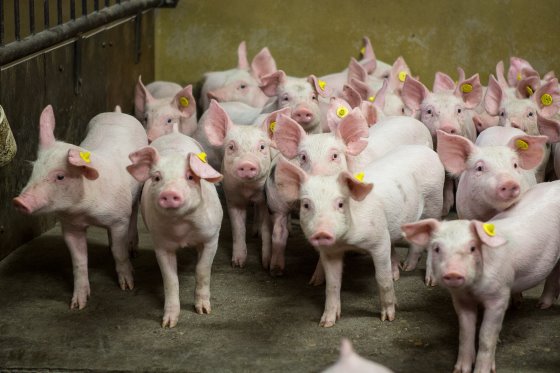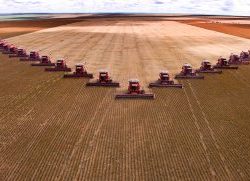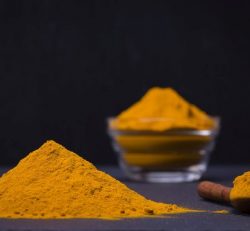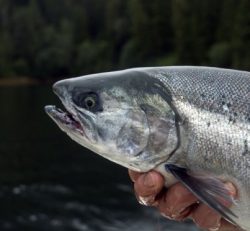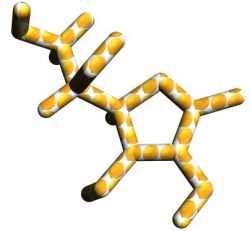NEW EU RULES FOR COPPER IN PIG FEED APPROVED
Proposed changes for copper levels in swine feed as well as diets for other animals have been officially approved by the European Commission. The changes will come into effect on August 13, 2018.
EU Regulation 2018/1039 on copper sources for animal nutrition was officially published in the Official Journal of the European Union on July 24, 2018. This means that the rules will come into effect on the 20th day after that publication (August 13, 2018).
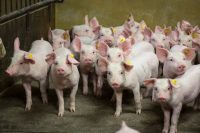
The new regulations for copper in swine diets particularly affect younger piglets up to 8 weeks post-weaning. Photo: Peter Roek
Changes for swine diets
New inclusion levels are determined based on complete feed with a moisture level of 12%.
- Piglets: Suckling and weaned up to 4 weeks after weaning: From 170mg/kg complete feed to 150mg/kg complete feed.
- Piglets from 5 th week after weaning up to 8 weeks after weaning: From 170mg/kg complete feed to 100mg/kg complete feed.
Transition time to reduce copper levels in swine diets
A transition time will be included in the new regulation, as still volumes of feed and premixes circulate in the market based on the ‘old’ inclusion levels of copper.
Feed materials and compound feed for food producing animals containing copper substances or premixes with copper, which are produced and labelled before 13 August 2019, are allowed to be placed on the market and used until the existing stocks are finished.
Copper helped young piglets cope with pathogens
Copper is an essential trace element for all forms of life and performs several biological functions. However, high levels of copper (higher than the nutritional needs) were used in the past for their positive impact to help animals to cope with pathogens, in particular for young animals (piglets).
These high levels of copper are nevertheless excreted by the animals and may then pose a threat for the environment.
Initially the EU proposed a sharp drop in inclusion levels. The European Feed Manufacturers’ Federation (Fefac), however, lobbied for a more moderate plan, taking both the environment and animal performance and health into consideration. It is this latest plan that is now approved in the EU.
Emmy Koeleman
Editor: All About Feed & Dairy Global
Source: www.pigprogress.net


